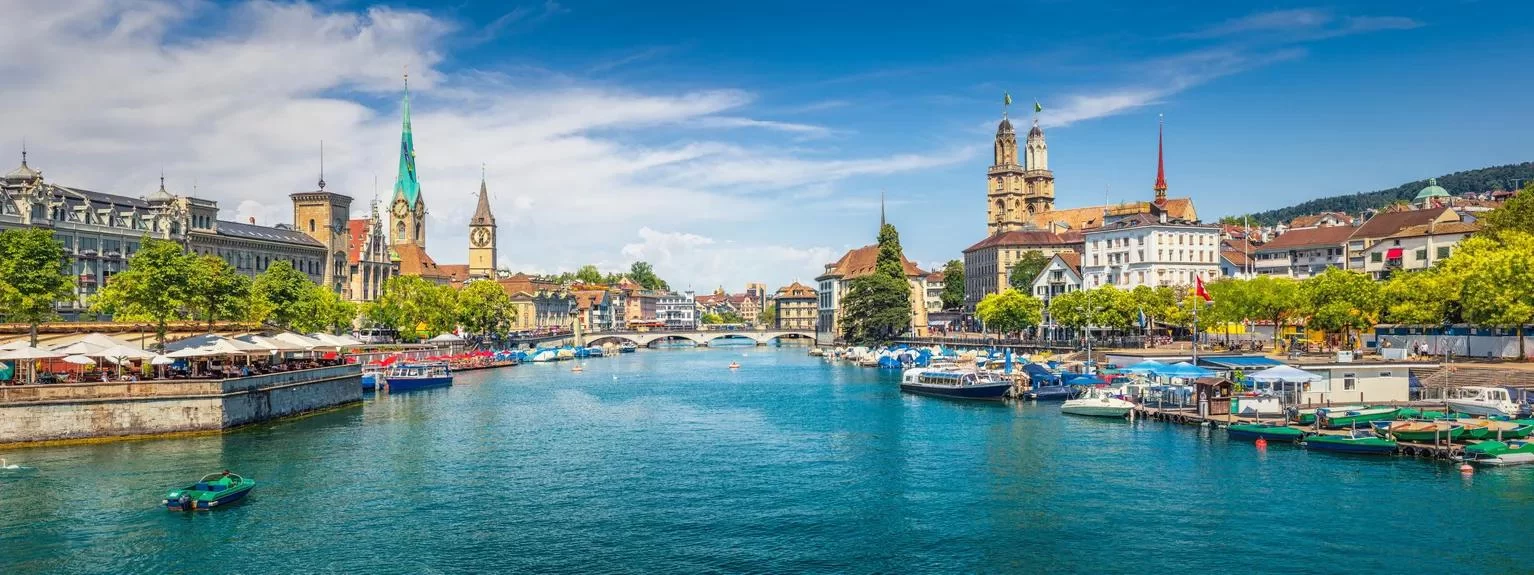Must-Have Apps for Navigating Public Transport in Foreign Countries
- 1. Why Public Transport Apps Are Essential for Travelers
- 2. Top Apps for Navigating Public Transport Abroad
- 3. Features to Look for in Public Transport Apps
- 4. Real-Life Experiences: How Travel Apps Simplified My Journey
- 5. Conclusion and Recommendations
1. Why Public Transport Apps Are Essential for Travelers
Traveling to a foreign country is an exciting adventure, but it can also be a challenge, especially when navigating unfamiliar public transport systems. Language barriers, different transit routes, and unfamiliar pricing can make traveling by public transportation intimidating for many tourists. This is where public transport apps come to the rescue.
These apps are more than just tools for getting around—they provide peace of mind, help you save time, and ensure that you can easily access transportation in major cities worldwide. Whether you’re hopping on the subway in New York, catching a bus in Barcelona, or exploring the metro system in Tokyo, using a transport app can make all the difference in your travel experience.
2. Top Apps for Navigating Public Transport Abroad
Here’s a curated list of the must-have apps for navigating public transport in foreign countries. These apps cover major cities and provide real-time updates, maps, schedules, and even fare calculations:
- Google Maps: One of the most reliable and widely used apps globally, Google Maps isn’t just for walking or driving directions. It also gives detailed public transport routes, schedules, and real-time updates. Whether you're in a big city or a small town, Google Maps makes getting around easy and efficient.
- Citymapper: Perfect for tourists in larger metropolitan areas, Citymapper offers up-to-date information on bus, train, subway, and ferry schedules. It supports many major cities worldwide, including London, New York, Paris, and Berlin, helping you plan the quickest route with real-time traffic and delays.
- Moovit: Moovit is another leading transport app offering real-time updates and step-by-step directions for buses, trains, trams, and metros. It covers over 3,000 cities globally, offering live maps and notifications of delays to ensure you stay on track.
- Uber and Lyft: While these aren’t traditional public transport apps, Uber and Lyft are extremely useful for quickly getting around when public transport is limited or inaccessible. These apps offer reliable ridesharing services and allow you to move efficiently through cities without worrying about language barriers or taxi scams.
- Rome2Rio: This app is a favorite for travelers who need to plan long-distance travel within or between cities. It provides a range of transport options, from buses to trains, flights, and ferries, all in one interface.
3. Features to Look for in Public Transport Apps
When selecting a transport app for your travels, it’s essential to ensure it has the features that will make your experience as smooth as possible. Here are some key features to look for:
- Real-Time Updates: The app should provide real-time updates on public transport schedules, delays, and changes. This is especially useful in busy cities where transport systems can be unpredictable.
- Offline Access: Look for apps that allow offline functionality. You don’t want to be stuck in a foreign country without a data connection. Offline maps, routes, and schedules can be lifesavers when traveling.
- Fare Information: Some apps give you clear details about fare calculations, including ticket pricing, pass options, and payment methods. This feature ensures you can manage your budget while navigating public transport.
- Language Support: If you’re traveling to a country where you don’t speak the language, make sure the app supports multiple languages. Many of the top apps, like Google Maps and Citymapper, offer language options for tourists.
- Integration with Other Services: Some apps, like Uber or Lyft, integrate with public transport systems, allowing you to book a taxi or ride after your bus or metro journey. This integration ensures a seamless travel experience across different modes of transport.
4. Real-Life Experiences: How Travel Apps Simplified My Journey
During my recent trip to Europe, I found myself hopping between several cities, each with its own unique public transport system. One of the most helpful tools during this adventure was the Citymapper app. In London, it guided me through the underground system, telling me exactly which line to take and how many stops to go before switching trains. I was amazed at how much time it saved me, especially when I was unfamiliar with the area.
In Paris, I used Google Maps for metro routes, and it even notified me when my train was delayed, helping me avoid crowded trains. Meanwhile, in Madrid, Moovit was indispensable for navigating bus routes, showing me the next few buses arriving in real time. These apps were like having a local guide in my pocket—something every traveler needs when relying on public transport in a foreign country!
5. Conclusion and Recommendations
Traveling by public transport in a foreign country can be daunting, but with the right apps, it becomes an easy and enjoyable experience. Whether you’re exploring a new city or hopping from one destination to another, apps like Google Maps, Citymapper, and Moovit provide the support you need to get around efficiently and confidently. The right transport app can help you save time, reduce stress, and allow you to fully immerse yourself in the local culture.
Looking to make your next trip smoother and more enjoyable? Make sure you have these essential apps downloaded before you go! For more travel tips and personalized advice, visit Rob Travel and start planning your next adventure today.






